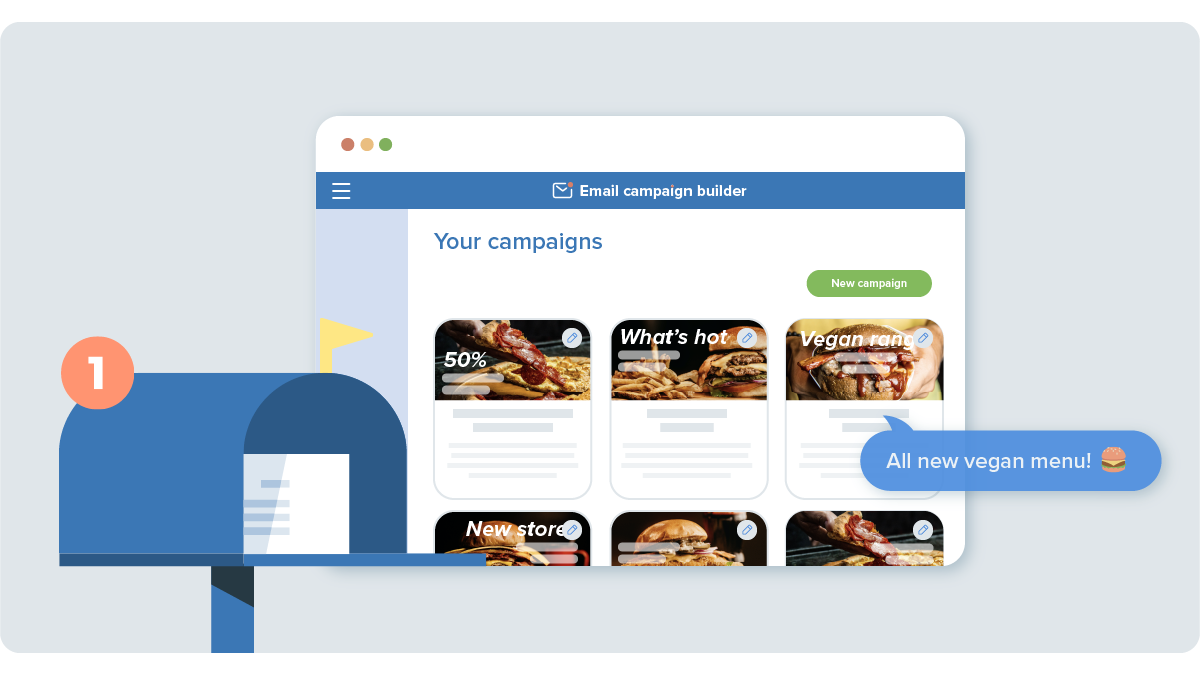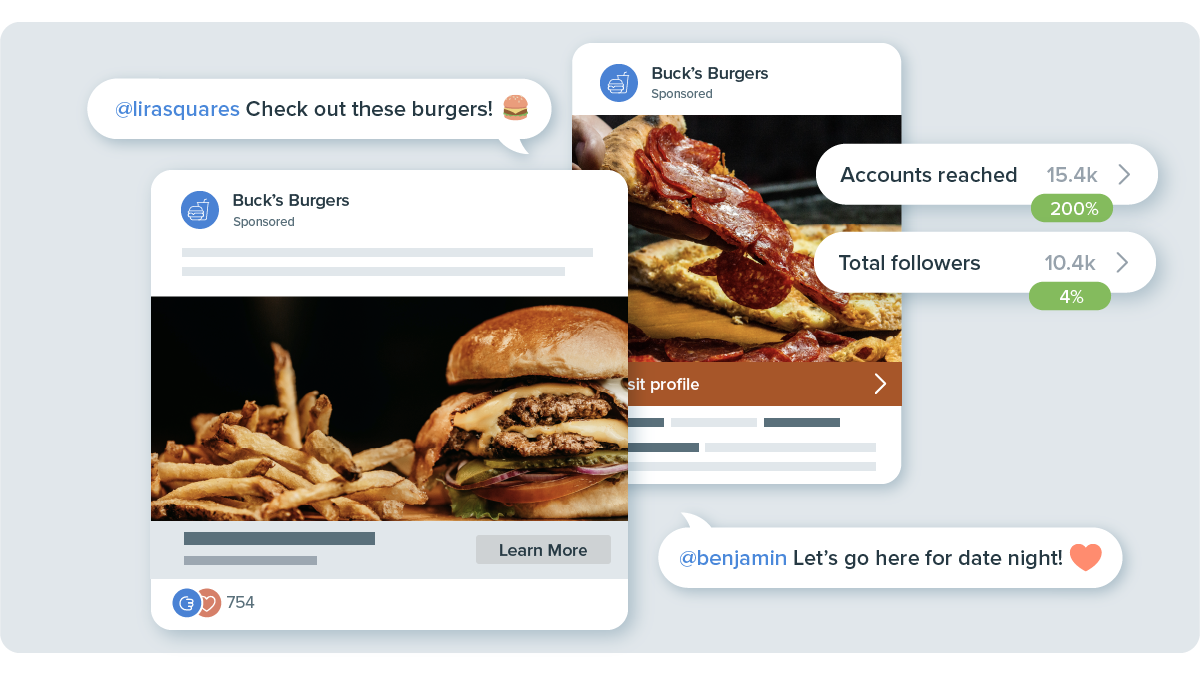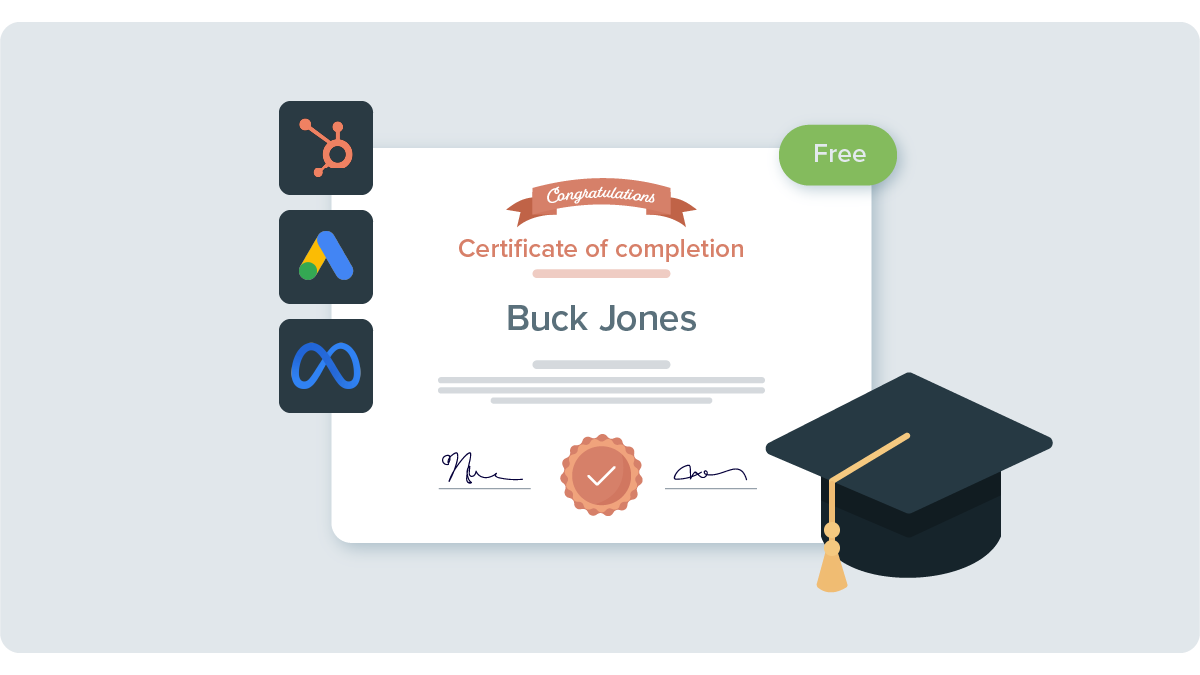An essential guide to online marketing for small businesses

Craig
21 Apr, 2022
Online transactions in South Africa increased by over 60% in 2020. In a survey conducted by PayFast, 56% of merchants saw an increase in mobile shopping during 2021.
It’s clear that the pandemic influenced how we shop, and it’s also shown us that consumers are willing to adapt their shopping behaviour.
With more and more consumers getting comfortable with online shopping, businesses that invested in their online strategies have been well-positioned to participate in this growth spurt.
Is there still an opportunity for your business in online commerce? Absolutely! By using online marketing techniques, your business will be able to compete with other businesses that are currently operating in your industry.
Read more: 4 easy-to-use ecommerce platforms you can use to build your online store
To help you get started, we explore some of the critical elements of online marketing, including:
- Google Ads
- Search Engine Optimization(SEO)
- Email Marketing
- Facebook and Instagram Ads
- Measuring your performance
- Free online marketing tools
Google Ads

Google Ads is a pay-per-click advertising system available to businesses of any size and is free to set up. With Google Ads, you can have your business listed on the Google results page within a few hours.
During the initial set-up, you’ll add the amount you wish to spend to your account. Each time a user performs a search and clicks on your ads, Google deducts money from your total fund. This helps you control your overall ad spend.
When you create your ads, you’ll specify a location for each click i.e where you’d like people who click on your link to go. This location could be a page on your website, your mobile app, or an icon on Google that encourages a phone call to your business.
The price you’ll pay for a click will vary greatly depending on your business type, your industry, the number of competitors and their willingness to pay more for the sought-after click. You’ll therefore need to proactively manage your ads account to ensure your ads perform optimally. It’ll also help you avoid unnecessary spending.
As you may have figured by now, with Google Ads, you could pay for and win the click but not the sale.
Let’s take a look at how Google Ads works.
Suppose businesses A, B and C are all in the airport car parking industry. They rely on customers performing a Google search for “overnight parking at the airport” to initiate the booking process on their respective websites.
Google only allows four website ads at the top of its results page. This means that there’s enough space for A, B, and C, but who will be in the coveted number one position?
The highest ad positions generally deliver the highest number of clicks, so getting your ads to rank as high as possible matters. A simple search has become a live auction, with three businesses bidding for the top spot.
This auction differs from most, as the highest bidder is not necessarily the winner. There’s also no gavel.
Google uses a formula called Ad Rank which ultimately decides which position the businesses’ ads will show in. Ad Rank considers how much you are willing to pay and uses other factors to determine which ad gets the top spot.
Google does not provide an exact list of all the elements in the Ad Rank formula, but the following are the key known factors:
- Ad bid – The amount you’re willing to pay to have your ad displayed.
- Expected click-through rate – Google’s formula forecasts how many clicks your ad will get based on the complete ad setup.
- Ad relevance – Ad relevance measures how closely the keywords you are bidding on match the message in your ads.
- Landing page experience – This factor determines if the ad destination, i.e., the web page, holds relevant and coherent information to the ad. The landing page also needs to be mobile-friendly, quick to load, and easy to navigate.
- Ad formats and extensions – There are various formats available within Google Ads, such as text, image, responsive, app promotion, in-stream video, shopping, and call-only ads. Google will consider how well your format matches your ad.
To get started with Google Ads, visit ads.google.com.
While Google Ads can provide premium space for your business, you will have gathered that ads management can get complicated. The Google Skillshop is a good place for you to learn and even get Google certified at no cost.
Search engine optimization (SEO)

SEO is the practice that consists of the techniques and methods used to get websites ranked on Google or other search engines. These website listings appear directly below Google Ads results.
As with Google Ads, the aim is to rank as high as possible and get users to click through to your website.
Four main components make up SEO, and it’s the continued work in each element that will result in SEO success.
1. Technical SEO
Google wants to offer users an excellent all-around experience. Your content needs to load quickly, be easy to navigate, work on any device, be structured well for easy reading and also be relevant to the user’s search intent. These are the technical elements of your website that need constant grooming.
Technical SEO also includes details that will require expert input. Your web developer or an SEO expert may need to address sitemaps, URL structure, broken site links, and missing pages.
Neglecting your technical SEO will influence your website’s ability to be indexed by Google, and you will have a hard time getting ranked on the first page.
If you are struggling to rank, start with technical SEO. There are free tools to assist you with a reasonably quick SEO audit to highlight critical issues on your website.
Read more: 16 (mostly) free online tools that’ll help you grow your small business
2. On-page SEO
Your on-page SEO efforts will address the search engine’s need to understand your content. Your website needs to adhere to a structure so that Google can make sense of your content.
When a user hops onto Google, types in a keyword, and expects relevant content in the context of their search, your page needs to have its title, headings, images, and links aligned with the keywords they’ve used.
It’s also important to avoid overcooking your on-page SEO by stuffing your content with headings and links containing keywords. Search engines appreciate that you build pages that meet their criteria but will favour pages that people enjoy reading.
3. Content writing
Content is the pillar of SEO. If your site lacks content that addresses the user’s search intent, you will find it hard to rank well.
It’s important to note that it’s not enough only to position your content around a keyword. Your content needs to address the user’s primary goal when typing a query into a search engine. If a user searches for “bakery in Cape Town”, your content needs to speak to the product they are looking for and the location. Having a page that speaks about the origin of bakeries won’t address their needs so Google is likely not to offer that page as a result.
It would be best if you post fresh content often. HubSpot reports that businesses that regularly publish blog posts get up to 350% more traffic than those that don’t publish content.
As a small business owner, you may find it challenging to publish regular content, so it’s essential to work this into your planning.
4. Off-page SEO
You grow on Google if you can prove that your website is trustworthy and authoritative. Links to and from other high authority websites such as news, government, and well-established brand sites, indicate high levels of trust. A link from a generally accepted reliable source provides virtual vouching.
Link building is key to your SEO strategy. As with most SEO practices, be careful not to overdo this, as you will be penalised or banned.
Email marketing

Using email to promote your business forms a crucial part of your online marketing strategy. You can use email to collect customer reviews and announce product releases.
It’s essential to use email for ecommerce websites where users might abandon a shopping cart. This will allow you to encourage them to complete their purchase by providing them with enticing offers.
Here’s a list of email marketing services to enhance your website and overall online marketing strategy:
- Campaign Monitor (Starting price $9) – Send a total of 2500 emails for the month
- Sendgrid (Starting price $0) – Send a total of 6000 emails for the month.
- Sendinblue (Start price $0) – Send 300 emails per day
Read more: 6 tips for the perfect email marketing strategy
Facebook and Instagram Ads

Get the most out of your social media efforts by using both paid and organic content to reach your target audience.
Facebook and Instagram ads will be flagged with a ‘sponsored’ label when displayed on a user’s feed.
Like Google Ads, you pay for each click or interaction, depending on your objective for each campaign. Facebook campaign objectives include increasing website traffic, inviting post engagement through comments and reactions, lead generation, and growing page likes.
Boosted Posts vs. Facebook Ads
On your Facebook business page, you can boost posts and create ads.
When you create a post on your Facebook page only a small number of people will actually see your post. Facebook’s boosted posts allow you to share your content with a much bigger audience by charging you a fee. You don’t need any other tools or services to activate boosted posts, and it’s already part of your Facebook Page setup.
Facebook Ads operates on the same billing principle but offers extensive customisation. You have access to more precise audience targeting options and a variety of ad formats.
With Facebook Ads, you also benefit from choosing ad placements (where you want your ad to be seen). Choose between Facebook Feed side ads, Messenger ads, Instagram stories, instant articles, and Audience Network.
Running Facebook Ads requires setting up Meta for Business (formerly Facebook for Business). This service allows you to use existing Facebook or Instagram posts as ads or load new assets to create ads according to your specific business goals.
One of the most impactful tools of Facebook Ads is the ability to create retargeting ads. Customers generally take a while before they decide to buy your product, and they will do their research on all the various online platforms, including Facebook and Instagram.
Retargeting allows you to show your Facebook or Instagram ads to people who have visited or taken specific actions on your website. It’s therefore a great way to keep your brand front of mind. Setting up retargeting ads will require some expert insights, so have a chat with your web developer first.
Read more: How to use Instagram to sell your products
Measuring your online marketing performance
Google Analytics is a fantastic tool for business owners and online marketers. The tool’s primary purpose is to measure the performance of your online property. The analytics tool provides insights into how many people visit your website, how they found you, and their actions on your website.
It’s essential to study these insights as they enable you to make informed decisions about your marketing efforts.
Google Analytics may seem daunting at first, but there are three reports you can extract to give you a clear picture of your website’s performance.
1. Acquisition report
This report gives you an idea of how your customers found your website. Did they browse your site directly, or did they come via a Facebook post? You will also see if your visitors came from an email campaign or if they performed a Google search. Knowing where your visitors come from is important because you can now measure the effectiveness of your marketing campaigns on different platforms.
2. Behaviour report
Gaining new visitors is vital to your online marketing strategy. Knowing what your visitors did when they got to your site is even more important. Studying your behaviour report will let you know if visitors got to the pages you intended for them to get to or if they left immediately without taking any action. If visitors ‘bounce’ without taking action, you need to look at the offending page and determine if there are copy or creative changes required.
3. Conversions report
Every website must lead visitors towards a business goal. That goal could be a sale, a download, or capturing details via a form. Using Google Analytics, you can create custom conversion goals. The conversion report allows you to measure the performance of your goals over any period.
Free training programmes

Before you leap into any of the online marketing methods mentioned, consider the following training programs that will provide you with a solid foundation for using each platform for its intended purpose. They are all free, and you could gain certification at completion.
Facebook Blueprint by Meta for Business – These free online courses will help you venture into marketing via Facebook and Instagram.
Google Skillshop – Learn how to use the Google suite of products created for online marketing, including Google Ads and Google Analytics.
Hubspot Email Marketing Course – This free certification course will teach you how to build successful email campaigns.
Read more: Good advice: 6 tips for aspiring small business owners
Once you’ve implemented these online marketing techniques into your business operations, you will increase your likelihood of being found online. All the various tools and methods shared here can contribute to your success.
Remember to constantly keep abreast of the best practices of each technique as it changes all the time. You may not be able to deploy all the techniques, so start with one and learn as much as you can while experimenting on a small scale.
Related articles

How to use Instagram to sell your products
Capitalise on Instagram’s reach to sell your products to a larger audience.

6 tips for the perfect email marketing strategy
Up your email game and increase your ROI

16 (mostly) free online tools that’ll help you grow your small business
Use these nifty tools to drive your business forward.


